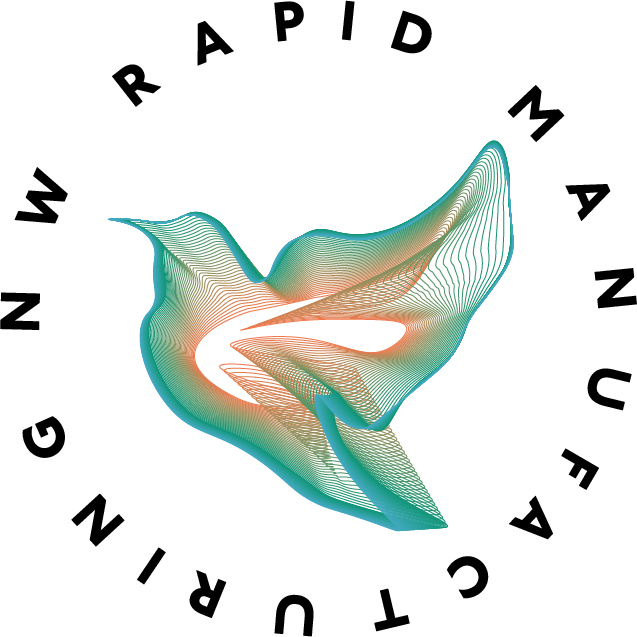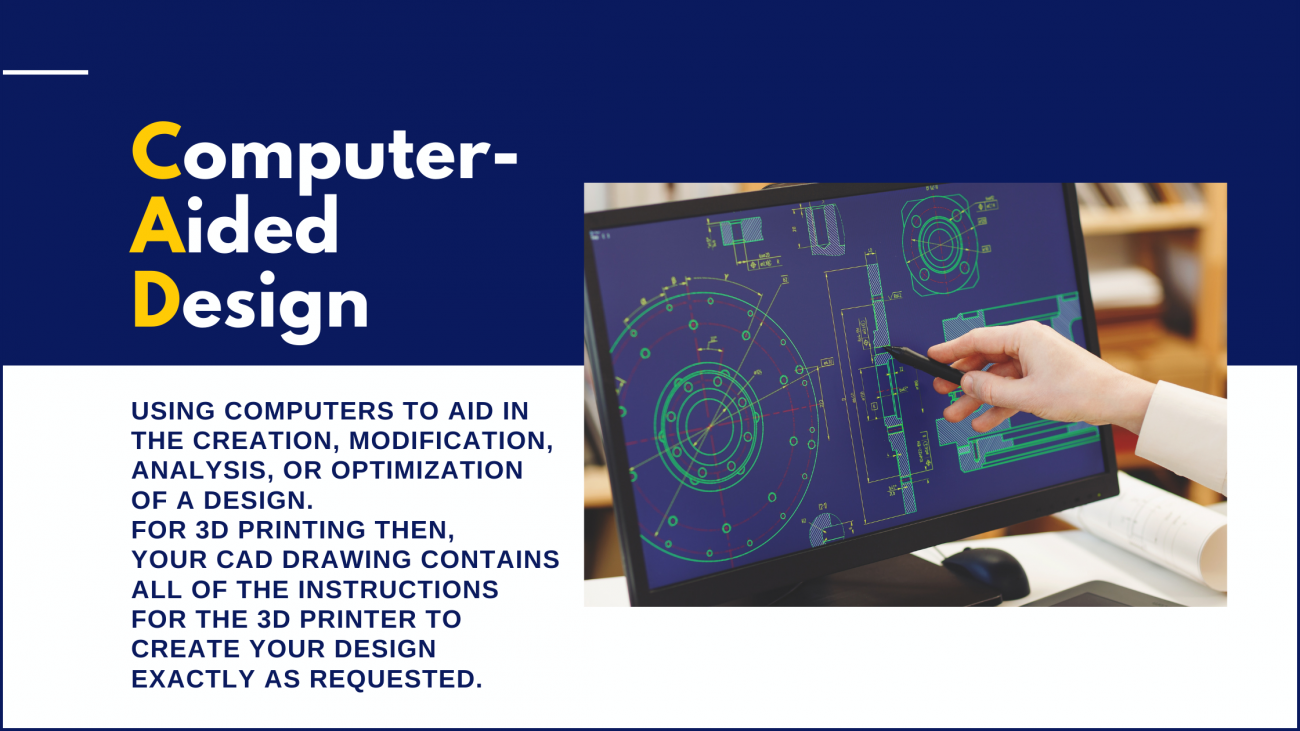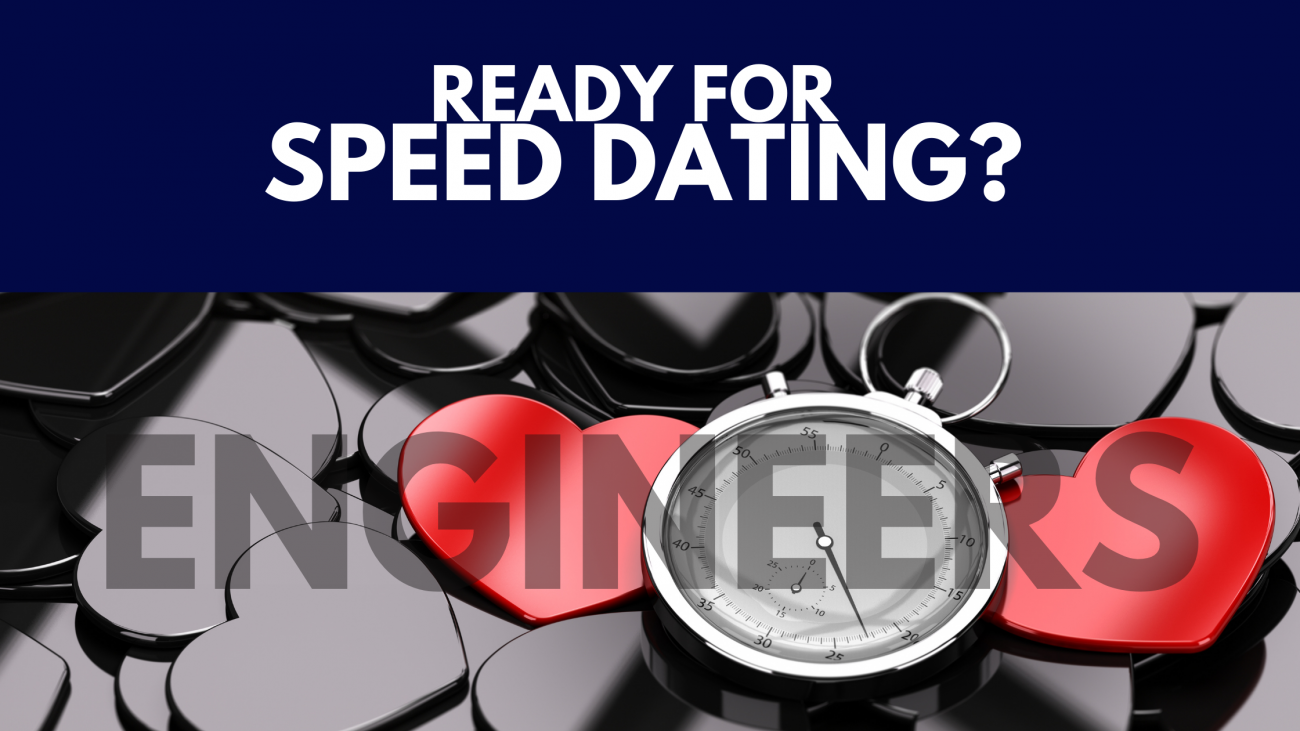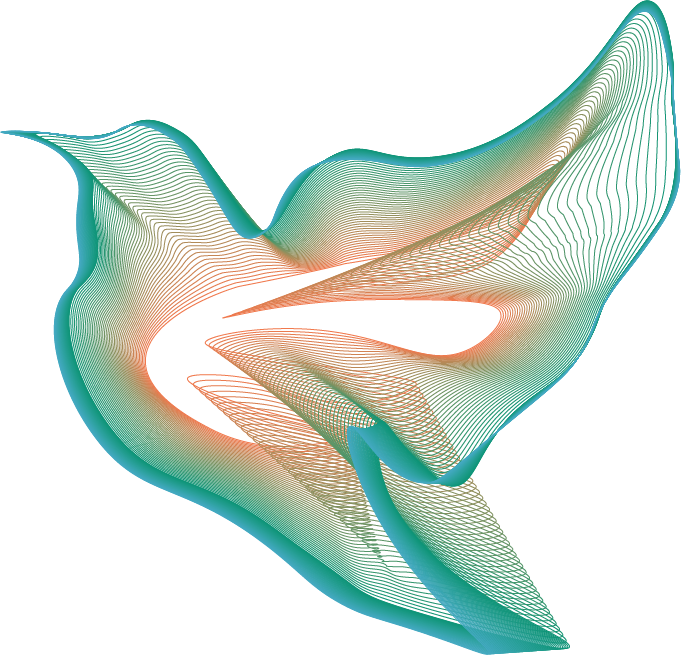
You’re Ready for your CAD
Now that you have your business plan for your prototype (if you don’t, then you’ll want to read this blog post first), you’re ready for the fun part – completing the design in a format that can actually be prototyped … In other words, it’s time to get a CAD design! And that means, you’ll need an engineer.
If you have an engineer friend/family member/acquaintance/roommate/one neighbor you actually talk to who is more than happy to trade a design for goods/services/a hug, then you can probably just have them do this step for you and hop on over to step 3 (unless speed dating engineers sounds like a good time to you). If you don’t personally know an engineer and you’re like CAD what? Then it’s time, in your prototyping journey, to speed date some engineers!
What is a CAD and why do I need one?
A CAD drawing is a Computer-aided design (CAD), which uses computers to aid in the creation, modification, analysis, or optimization of a design. So why will you need a CAD for 3d printing? Basically, your CAD drawing contains all of the instructions for the 3d printer to create your design exactly as requested. With 3d printers, rules and instructions are THE name of the game. It’s how you end up with the exact design requested as an object in the palm of your hand. The CAD drawing tells the 3d printer how much material to deposit and where it should be deposited, and almost like magic, that’s how you go from a drawing on the computer to an object in your hand … Which is all to say that the successful printing of your prototype is highly dependent on your CAD file.


Okay, but I don’t know how to use CAD…
That’s okay, because there are a lot of engineers out there who don’t just understand CAD design … They live for it. Like, designing something interesting in CAD is a fun Friday evening for some of them (you think we’re joking, we’re not). The tricky part about getting a CAD design for your prototype isn’t the attempt to find someone, ANYONE to create it. The tricky part is figuring out how to find the right engineer or aspiring engineer to design it for you for the right price.
Time for some speed dating!
We mean speed dating engineers (you go ahead and save that other thought for another time when we aren’t focused on prototypes) … Because there’s A LOT of different kinds of engineers and depending on your prototype and your budget, one will make sense when another is literally nonsensical. A few of the types of engineers that will most likely fit your prototype project:
- Mechanical Engineer: These wonderful people are kind of your Jack and Jill of all Engineering. Though they tend to focus on power-producing machines, their coursework is relatively diverse in terms of engineering courses. So, when in doubt, you might want to go mechanical.
- Product Engineer – Obvious fit because they are responsible for literally designing and creating products based on customer needs. But keep in mind that these engineers tend to be pretty specialized, therefore they can be quite expensive.
- Manufacturing Engineer – We know, you’re just making a prototype. But if your goal is manufacturability, getting your prototype designed to best fit manufacturing processes could put you paces ahead when it comes time to manufacture your product.
- Program Engineer – if you’re looking for an engineer that understands engineering but excels at program management (because maybe organization and timelines aren’t really your thing), a program engineer could be the perfect fit for you.


We know, you’re like cool, where do I find one of those?
This is where your speed dating skills get their chance to truly shine!
First, find your potential dates (engineers)! We recommend finding them online … Have you tried posting your gig on Craigslist? It sounds silly, but we’re kind of not joking. Or Facebook? Have you contacted the engineering department at a University or Community College near you? We guarantee you that there are aspiring engineers who will be significantly cheaper than a professional and are eager to make a little money testing out their new skills. In your ad, simply share your perfect date: Experience required, project details (as many as you’re willing to share), project timeline, budget, etc.
Second, set up your dates! Whether it’s in-person or virtually, you’ll want to meet your potential partners to find just the right fit. And if you’re worried about it, now would be the time to send them an NDA so that you have it on file before you get into the details of your prototype (if they refuse to sign the NDA, you didn’t want to work with them anyway).
Third, go on those dates! We highly recommend that you request work samples and here’s a few questions that will probably help you find your engineering match:
- Can you tell me about a design project you completed recently? What made it hard and how did you work through that?
- Have you designed products for manufacturability? What were the unique challenges of that project?
- What is your rate and how long does your average project take to complete?
- When you’re creating a CAD for a client, what is your process?
- Have you ever had to alter a client’s design to better fit manufacturability? How did you approach that conversation?
- Have you designed for Additive Manufacturing/3D printing before?
- How many revisions do I get with our initial monetary agreement?
Though you may have to do a few follow up interviews, you should eventually reach the point of finding your perfect match … And that means in a short period of time you’ll have a CAD drawing in hand.
Thinking you’re done?
Not quite … Now you need to determine your goals for your prototype. Are you going for proof of concept or investor show and tell? Or are you testing for look and feel? Because only after determining your goal can you finally decide on how your prototype will be manufactured. Jump over to our next blog post to tackle step three!
